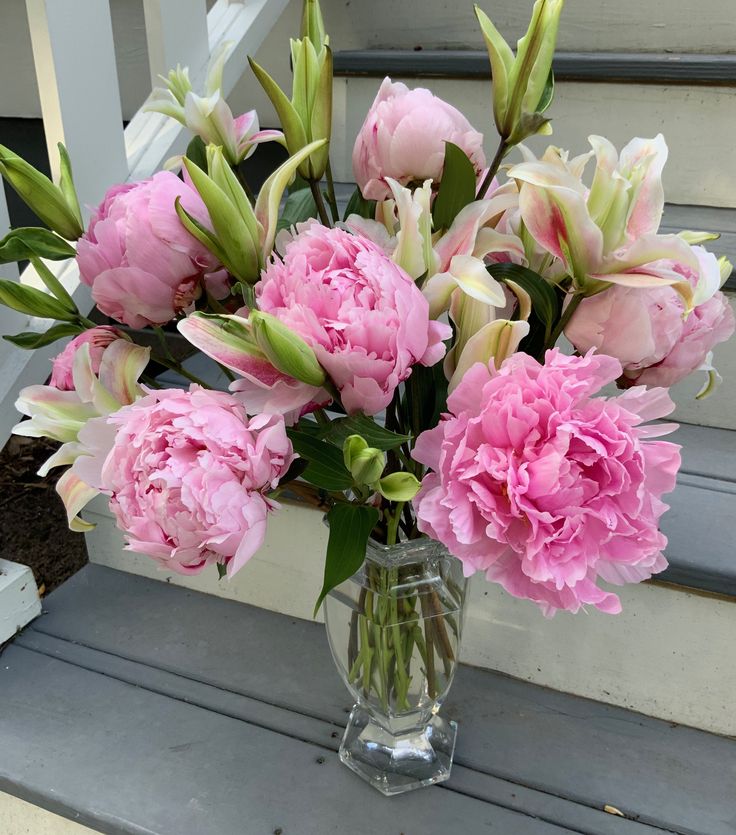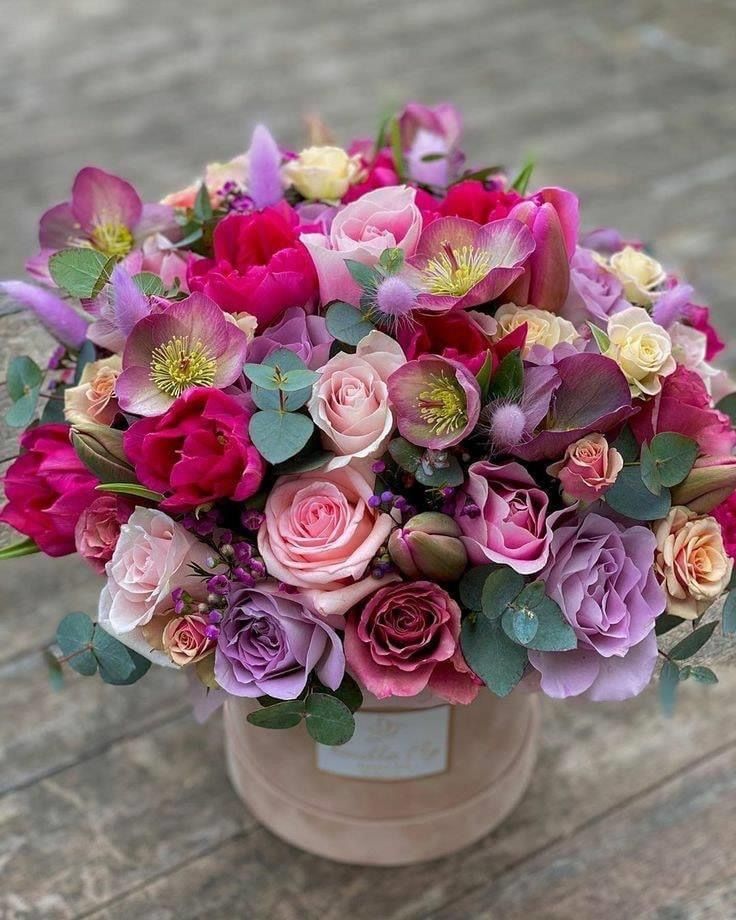Pruning is an essential practice for maintaining the health, shape, and vigor of your flower garden. Whether you’re dealing with annuals, perennials, shrubs, or vines, knowing how and when to prune different flower species is key to promoting optimal growth, blooming, and overall garden aesthetics. However, pruning techniques can vary depending on the specific needs and characteristics of each plant. In this comprehensive guide, we’ll provide expert pruning tips for various flower species, empowering you to cultivate a garden that blooms beautifully and thrives year after year.











Understanding Pruning Basics
Before diving into specific pruning techniques, it’s important to understand some basic principles of pruning:
- Timing: Prune flowering plants at the appropriate time of year, typically during their dormant season or after they finish blooming. Avoid pruning plants during active growth periods, as this can stress the plant and interfere with flowering.
- Tools: Use sharp, clean pruning tools, such as hand pruners, loppers, and pruning saws, to make clean cuts and minimize damage to plants. Disinfect pruning tools between cuts, especially when working with diseased plants, to prevent the spread of pathogens.
- Techniques: Use appropriate pruning techniques, such as thinning, heading back, and rejuvenation pruning, to achieve your desired results. Thinning removes entire branches or stems to improve airflow and reduce overcrowding, while heading back involves cutting back branches to promote branching and denser growth.
- Goals: Have clear goals in mind when pruning, whether it’s shaping plants, removing dead or damaged growth, promoting flowering, or rejuvenating overgrown specimens. Tailor your pruning approach to meet the specific needs and objectives of each plant.
Pruning Tips for Different Flower Species
Explore these pruning tips for various flower species to enhance growth, blooming, and overall garden beauty:
- Annuals: Deadhead spent flowers regularly to encourage continuous blooming and prevent self-seeding. Cut back leggy or overgrown annuals by one-third to promote bushier growth and more flowers.
- Perennials: Cut back dead foliage and stems in early spring before new growth emerges. Divide overcrowded clumps every few years to rejuvenate plants and maintain vigor.
- Shrubs: Prune flowering shrubs after they finish blooming to shape and maintain size. Remove dead, diseased, or damaged branches and thin out crowded growth to improve airflow and flowering.
- Vines: Train and prune vines to maintain desired growth habits and prevent overcrowding. Remove dead or damaged growth and thin out excessive growth to promote flowering along the length of the vine.
- Roses: Prune roses in late winter or early spring to remove dead, diseased, or crossing branches and shape the plant. Deadhead spent flowers regularly to encourage continuous blooming throughout the growing season.
- Climbers: Train climbing plants to grow along trellises, fences, or walls, and prune them as needed to maintain shape and encourage flowering. Remove excessive growth and old, woody stems to stimulate new growth and flowering.
- Bulbs: Allow bulb foliage to die back naturally after flowering to replenish bulb energy reserves for the next season. Remove dead foliage once it turns yellow or brown, but avoid cutting it back prematurely.
Conclusion
Pruning is a valuable skill for any gardener, and mastering pruning techniques for different flower species can help you create a garden that blooms beautifully and thrives year after year. By understanding the timing, tools, techniques, and goals of pruning and applying appropriate pruning practices to various flower species, you can enhance growth, flowering, and overall garden aesthetics. Whether you’re pruning annuals, perennials, shrubs, vines, roses, climbers, or bulbs, incorporating these expert pruning tips into your gardening routine will help you maintain a healthy, vibrant, and visually stunning flower garden that brings joy and beauty to your outdoor space throughout the growing season.